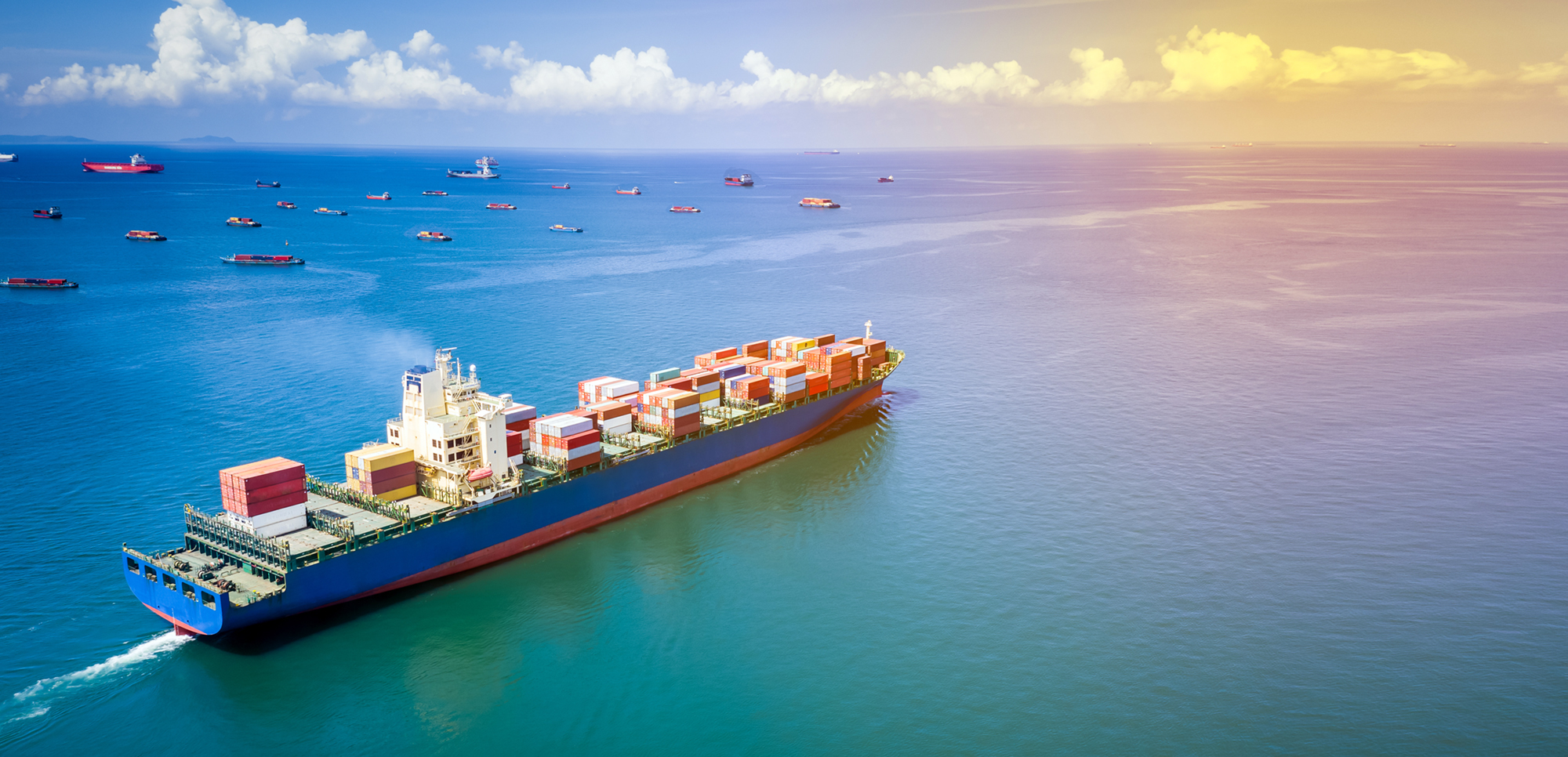Maritime transport is the lifeblood of global trade, and Germany, with its bustling ports and extensive shipping industry, plays a significant role in this ecosystem. However, navigating the unpredictable waters of maritime transport comes with inherent risks. That’s where maritime transport insurance steps in, offering protection against potential losses and damages. In this article, we’ll explore the importance of maritime transport insurance, the legal framework surrounding it, the types of coverage available, and an exclusive method to optimize your maritime transport insurance policy.
Importance of Maritime Transport Insurance
Maritime transport insurance serves as a safety net for shipowners, freight forwarders, and other stakeholders involved in maritime trade. The importance of maritime transport insurance includes:
- Risk Mitigation: Protects against financial losses resulting from accidents, natural disasters, piracy, and other maritime perils.
- Legal Compliance: Many international trade contracts and agreements require parties to have adequate insurance coverage.
- Business Continuity: Ensures that maritime operations can continue smoothly, even in the event of unforeseen incidents.
Legal Framework
Maritime transport insurance in Germany is subject to various international conventions and domestic regulations:
- Marine Insurance Act (Seeversicherungsgesetz): Governs marine insurance contracts and outlines the rights and obligations of insurers and insured parties.
- Hague-Visby Rules: These international rules establish the rights and liabilities of parties involved in maritime transport, including cargo owners, carriers, and insurers.
- German Commercial Code (Handelsgesetzbuch – HGB): Contains provisions related to marine transport contracts, bills of lading, and liability for cargo damage.
Types of Coverage
Maritime transport insurance policies in Germany offer a range of coverage options tailored to the specific needs of the maritime industry:
- Hull Insurance: Covers physical damage to the vessel, including hull, machinery, and equipment, caused by perils such as collisions, grounding, or sinking.
- Cargo Insurance: Protects cargo owners against loss or damage to goods during transit, whether by sea, air, or land.
- Freight Insurance: Covers the freight charges paid by cargo owners in the event of cargo loss or damage.
- Liability Insurance: Protects shipowners and operators against third-party claims for property damage, personal injury, or pollution liability.
Exclusive Method for Optimizing Maritime Transport Insurance Policies
To ensure you have the best possible coverage for your maritime operations, consider the following exclusive method:
1. Risk Assessment and Mitigation
- Identify Potential Risks: Conduct a thorough risk assessment to identify potential hazards and vulnerabilities in your maritime operations, such as route-specific risks, weather patterns, or cargo types.
- Implement Safety Measures: Take proactive steps to mitigate risks, such as investing in vessel maintenance, crew training, and security measures to deter piracy or theft.
- Stay Informed: Monitor industry trends, regulatory changes, and geopolitical developments that may impact maritime risks and insurance requirements.
2. Customizing Insurance Coverage
- Evaluate Coverage Needs: Assess the specific risks and liabilities associated with your maritime operations to determine the appropriate types and levels of insurance coverage.
- Consider Additional Riders: Add specialized coverage options, such as war risk insurance, cyber insurance, or protection and indemnity (P&I) insurance, to address unique risks not covered by standard policies.
- Review Terms and Conditions: Carefully review policy terms, conditions, and exclusions to ensure they align with your business needs and risk tolerance.
3. Claims Management
- Understand Claims Process: Familiarize yourself with the claims reporting procedures and requirements of your insurance policy to expedite the claims process in the event of an incident.
- Maintain Documentation: Keep detailed records of vessel maintenance, cargo manifests, voyage logs, and any incidents or losses that may occur during transit to support insurance claims.
- Engage with Experts: Work closely with experienced maritime insurance brokers and legal advisors to navigate complex claims processes and ensure fair and timely resolution.
4. Continuous Review and Improvement
- Regular Policy Reviews: Conduct periodic reviews of your insurance policies to assess coverage adequacy, update valuation amounts, and address any changes in your maritime operations or regulatory requirements.
- Benchmarking and Comparison: Benchmark your insurance coverage and premiums against industry standards and competitors to identify opportunities for cost savings or coverage enhancements.
- Invest in Risk Management: Allocate resources to ongoing risk management efforts, such as safety training, compliance audits, and technology investments, to reduce the frequency and severity of maritime incidents.
Maritime transport insurance is a critical component of risk management for businesses involved in global trade. By understanding the legal framework, types of coverage, and implementing the exclusive method for optimizing policies, maritime stakeholders can ensure comprehensive protection against maritime perils and liabilities. Whether you’re a shipowner, cargo owner, or freight forwarder, having the right maritime transport insurance coverage provides peace of mind and enables you to navigate the seas with confidence.
